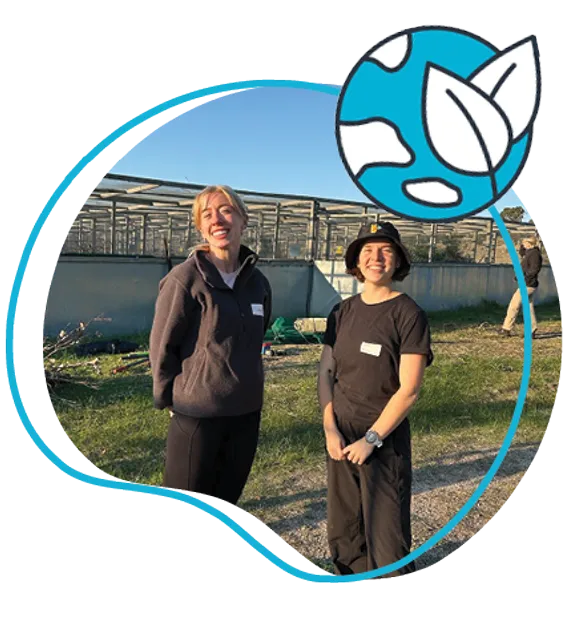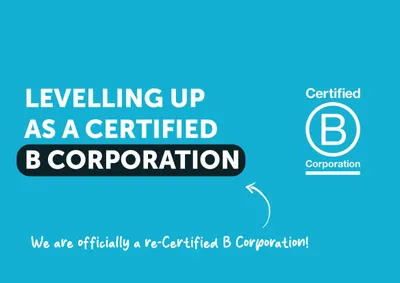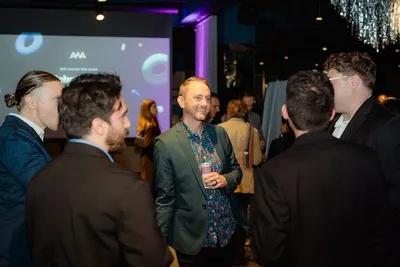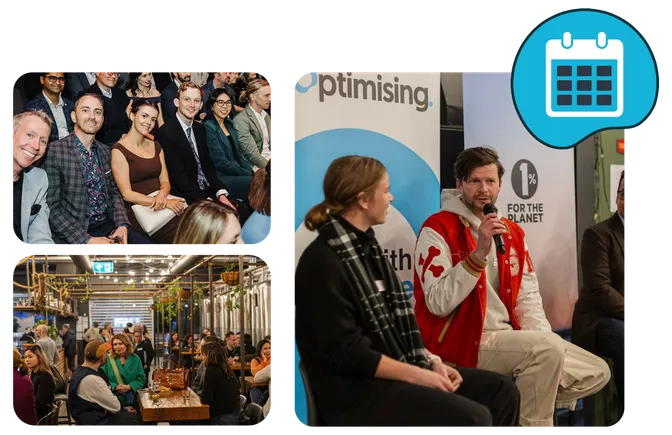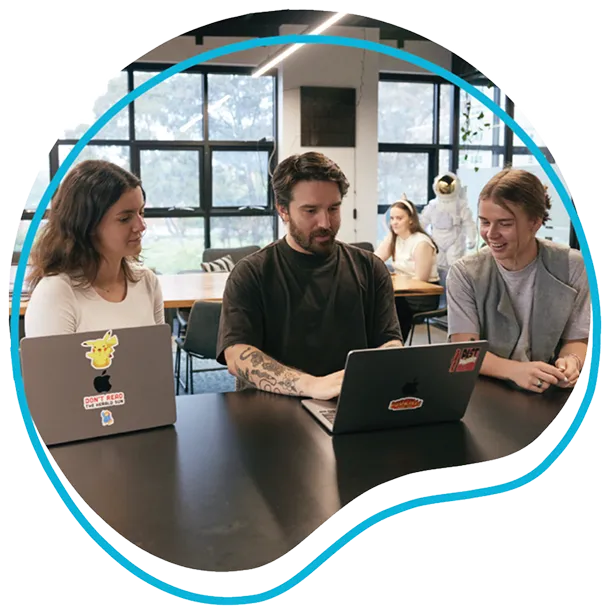Ingenia Holidays Case Study
Safeguarding 200K Monthly Visits for a Leading Australian Holiday Park Brand
Migration success in one of Australia’s most competitive travel markets
TLDR – Holiday park SEO migration in brief
- Objective: Migrate a high-traffic WordPress site to a headless CMS without losing rankings or bookings
- Scale: 200k+ monthly organic visits and 35k ranking keywords across competitive travel queries
- What we did: Deep pre-migration mapping, hands-on dev collaboration, four weeks of post-launch monitoring
- Outcome: Traffic held through launch, impressions doubled year-on-year, stronger non-branded location visibility, bookings stayed consistent
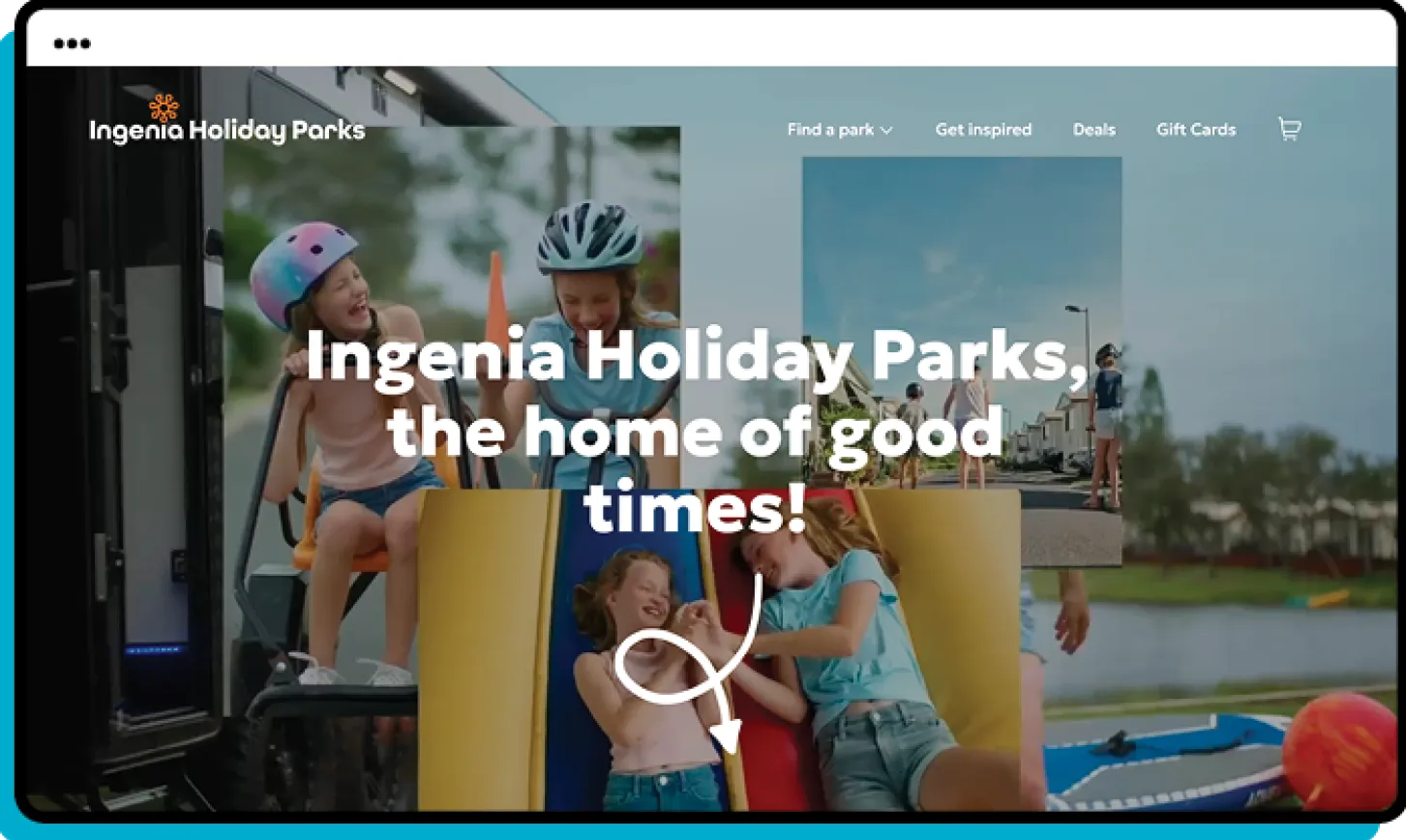
The Challenge
In tourism SEO, a strong organic position is often the single biggest driver of bookings.
For Ingenia Holiday Parks, their website was not just a brochure, it was a high-performance acquisition channel bringing in hundreds of thousands of visits each month.
At the time, two-thirds of organic visits came from branded searches, with the remaining share earned from competitive non-branded terms like “caravan parks near me” and “holiday parks in Queensland”. A platform rebuild was essential for speed, scalability, and future content growth, but the risk of losing that organic foothold was significant. A mishandled migration could hand valuable visibility and bookings to direct competitors overnight.
The Strategy – Tourism SEO Migration Blueprint
A migration at this scale needed to be treated as a business-critical change, not just a technical project. We approached it like a major change-management program, with clear milestones, direct stakeholder engagement, and no shortcuts.
Our focus was threefold: create a watertight plan before touching a single URL, embed SEO into every development decision, and monitor post-launch metrics closely. This approach would not only protect Ingenia’s rankings during the transition but also set the stage for future growth in non-branded tourism searches.
1. Plan before touching a URL
- Full technical audit of the WordPress setup
- Map all priority templates and park pages, plus parameters and legacy patterns
- Redirect strategy to preserve link equity and avoid orphaned routes
- Technical requirements for Sanity and the front-end build
2. Embed with developers during build
- Partnered directly with the Inlight team on routing, metadata, sitemaps, canonical logic, and schema
- Improved internal linking to priority park and location pages
- Validated staging against our migration checklist before go-live
3. Monitor and iterate post-launch
- Daily tracking of rankings, impressions, and clicks for four weeks
- Weekly stakeholder updates with issues, fixes, and changes
- Rapid fixes for minor items like Google Business Profile link drops

Results
In high-volume travel markets, migrations often cause significant short-term ranking volatility. For Ingenia, the numbers told a different story of stability during the changeover and measurable gains soon after.
Within two weeks of launch, traffic levels matched pre-migration benchmarks, and key non-branded terms began to climb. This positive trend continued into the following month, showing that the technical SEO work and redirect strategy had landed exactly as planned.
- Traffic level: 200k+ monthly organic visits sustained through the cutover
- Visibility: Impressions doubled year-on-year, led by non-branded, location-based searches
- Park-level wins: Noosa up 80% year-on-year in clicks; Inverloch gained 250 additional clicks compared to the same period
- Homepage performance: Higher entry traffic and smoother user flow due to cleaner IA
- Measurement: Google Search Console and GA4 aligned within two weeks, confirming technical success
- Bookings: Patterns remained consistent through the transition period
At a Glance
Sometimes the big picture tells the clearest story. For stakeholders and future reference, these are the key elements that defined the migration’s success.
The combination of thorough planning, seamless dev collaboration, and data-backed post-launch monitoring ensured the project hit its targets. By treating rankings and bookings as equally important success measures, we maintained both the visibility and the commercial outcomes Ingenia needed.
- Platform: WordPress to headless CMS (Sanity)
- Partners: Inlight (development)
- Focus: Non-branded location growth, migration risk control, measurement parity
Why It Worked
Search performance does not survive a migration by luck. It is the product of deliberate, disciplined execution. For Ingenia, success came from integrating SEO into every phase of the project.
Our planning gave the development team a clear blueprint, our embedded role ensured no SEO-critical decision was missed, and our post-launch vigilance allowed us to catch and fix issues before they had a chance to impact users or rankings. This combination of foresight, real-time collaboration, and fast response made all the difference.
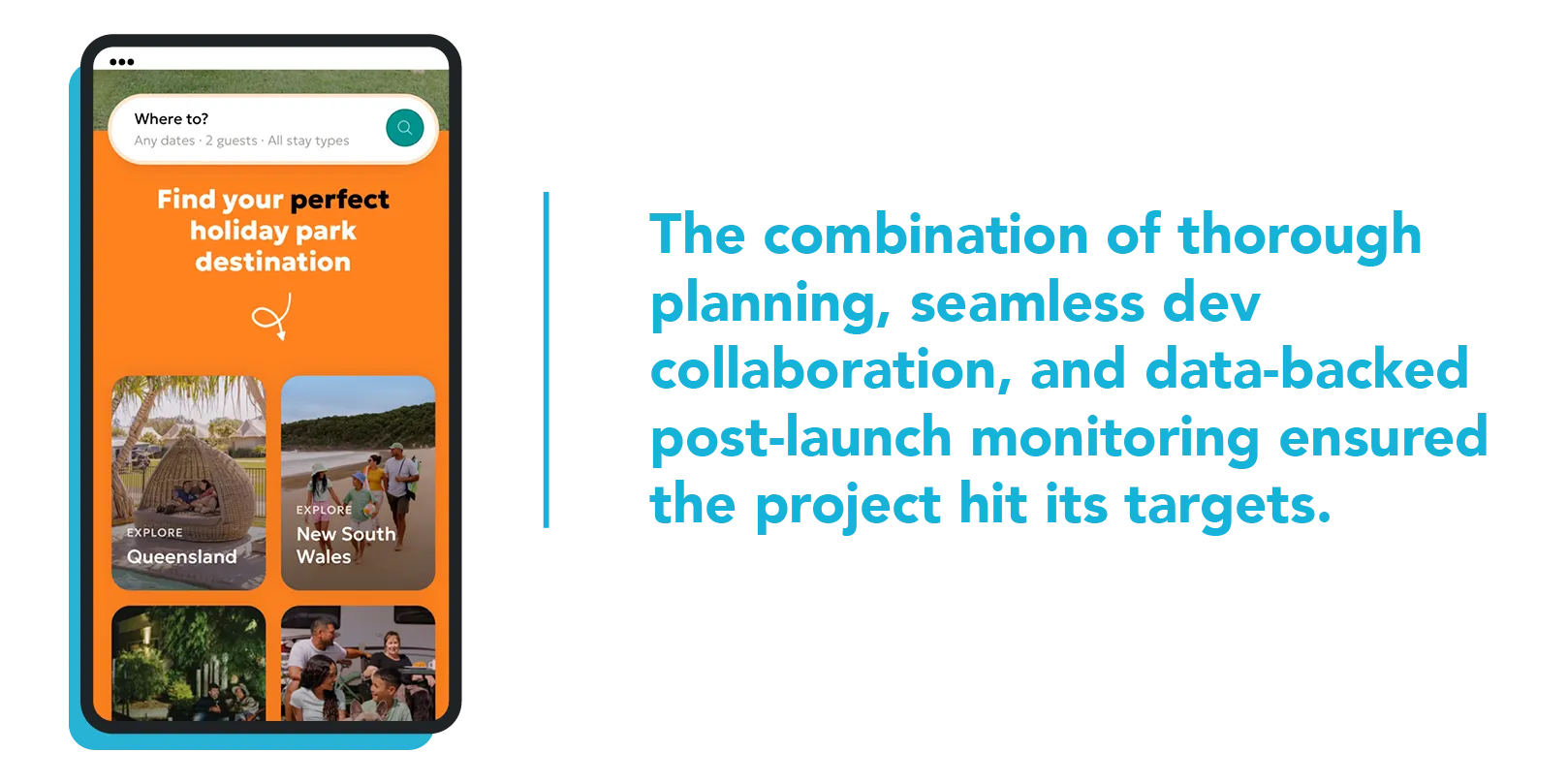
Key Takeaways for Tourism and Holiday Park Operators
Holiday park and travel websites face unique SEO challenges, from seasonal search trends to highly competitive local markets. This project showed that a rebuild does not have to mean starting over with search visibility.
By investing in meticulous preparation, maintaining hands-on SEO oversight during development, and committing to active monitoring post-launch, tourism brands can preserve and even improve their organic performance during a migration.
Recap – What This Means Commercially
For Ingenia Holiday Parks, this migration was about more than a platform upgrade. It was about safeguarding a market-leading search position in a competitive industry.
The end result was a stable flow of more than 200k monthly visits, a surge in non-branded search visibility, and consistent booking patterns through a high-risk transition. The site is now faster, more scalable, and better structured to compete for the searches that matter most in the holiday park market.
